Severe biliary tract infection due to 0.5cm gallstone
Patient LVH (69 years old), was taken to the emergency room at Hong Ngoc General Hospital with high fever, abdominal pain, severe jaundice, and all test results were at alarming levels: CRP (assessing infection status) increased 31 times normal, Bilirubin increased 9 times, and liver enzymes increased up to 14 times normal.
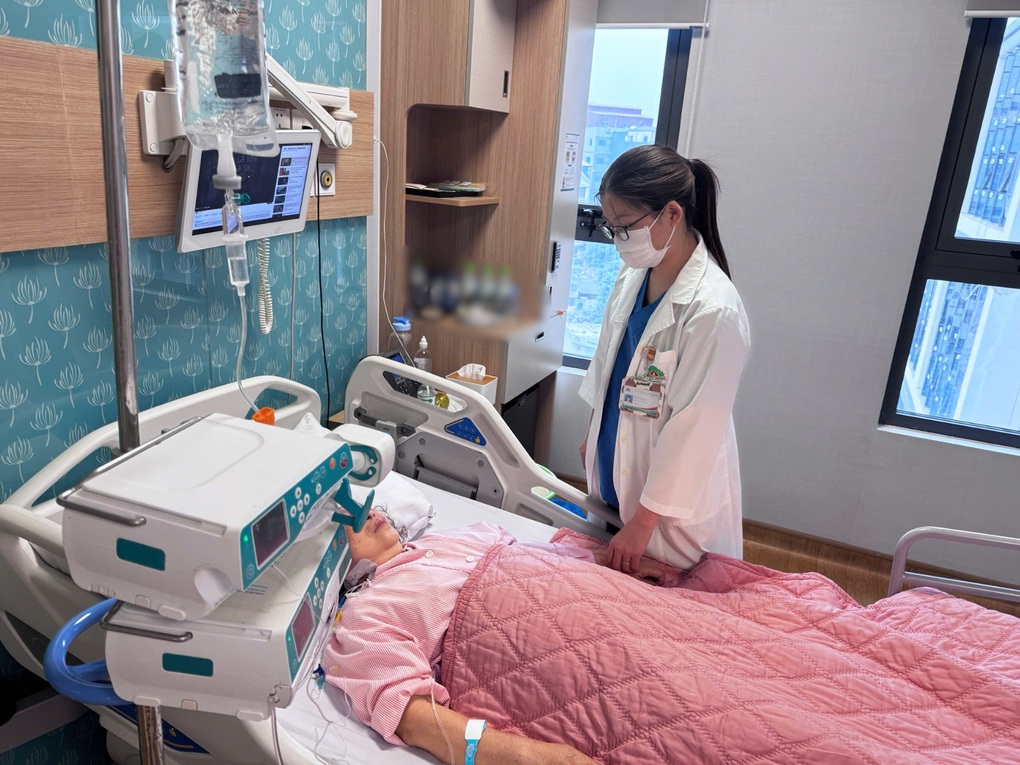
Patient H was given emergency care and intensive treatment at the ICU department - Hong Ngoc General Hospital.
Immediately, the patient was ordered a 2560-slice CT scan, which revealed a small stone measuring only 0.5 cm stuck in the distal end of the common bile duct, causing a biliary tract infection. At the time of emergency, the patient had developed sepsis, urinary tract infection, and cholestatic hepatitis, with a high risk of developing septic shock, which was life-threatening.
Faced with the critical situation, the emergency team quickly performed resuscitation, fluid replacement, antibiotic treatment, and made efforts to control the infection. At the same time, an interdisciplinary consultation session between Intensive Care, Internal Medicine, Digestive Surgery, Diagnostic Imaging, etc. was quickly organized.
The chosen solution is endoscopic retrograde cholangiopancreatography (ERCP) to remove common bile duct stones, decompress the bile duct, and completely resolve the patient's biliary obstruction and biliary tract infection.
During the procedure, when the endoscope went down to D2 duodenum, next to the Vater knob there was a large diverticulum and a small knob; therefore, clearing the papilla was quite difficult. The surgical team tried to clear the papilla successfully. As soon as the catheter entered the bile duct, a white pus was seen flowing through the papilla.
Through C-arm X-ray, the doctor discovered that the common bile duct was dilated by 12mm, there was a 0.5cm radiopaque stone in the lower part of the common bile duct and a lot of bile sludge in the common bile duct. After cutting the Oddi muscle and pulling the stone out of the duodenum, all the stagnant bile and pus sludge flowed out, and the bile duct was immediately restored.
“Immediately after reaching and pulling the stone out of the duodenum, pus and opaque white bile flowed out profusely. This shows that the stone had blocked the lower common bile duct for a period of time, the pus stasis had lasted for a long time, which was very dangerous. Removing the stone not only helps to restore biliary circulation but also helps to drain all the pus and infected sludge that had been blocked for a long time out, completely resolving the patient's biliary tract infection,” said Associate Professor, Dr. Nguyen Canh Binh, Head of the Department of Gastroenterology - Hong Ngoc General Hospital - Yen Ninh, the doctor who directly performed ERCP for patient H.
Only 1 day after ERCP, patient H's infection indexes improved significantly, symptoms of jaundice, yellow eyes, and abdominal pain decreased rapidly, the patient no longer had a fever and was discharged after 5 days.
Associate Professor, Dr. Nguyen Canh Binh - "Golden hands" in endoscopic retrograde cholangiopancreatography (ERCP)
Associate Professor, Dr. Nguyen Canh Binh - Head of the Department of Gastroenterology, Hong Ngoc General Hospital - Yen Ninh is one of the leading experts in gastrointestinal endoscopy - endoscopic retrograde cholangiopancreatography (ERCP). With nearly 40 years of experience, Associate Professor, Dr. Nguyen Canh Binh has directly performed thousands of successful endoscopic retrograde cholangiopancreatography cases, helping many patients with common bile duct obstruction escape critical conditions.
Among them, many elderly patients with many underlying diseases and severe biliary obstruction due to common bile duct stones were successfully treated with endoscopic retrograde cholangiopancreatography, avoiding a major surgery. In addition, many patients with a history of common bile duct stones recurring many times after surgery were also successfully removed without the need for another laparotomy.
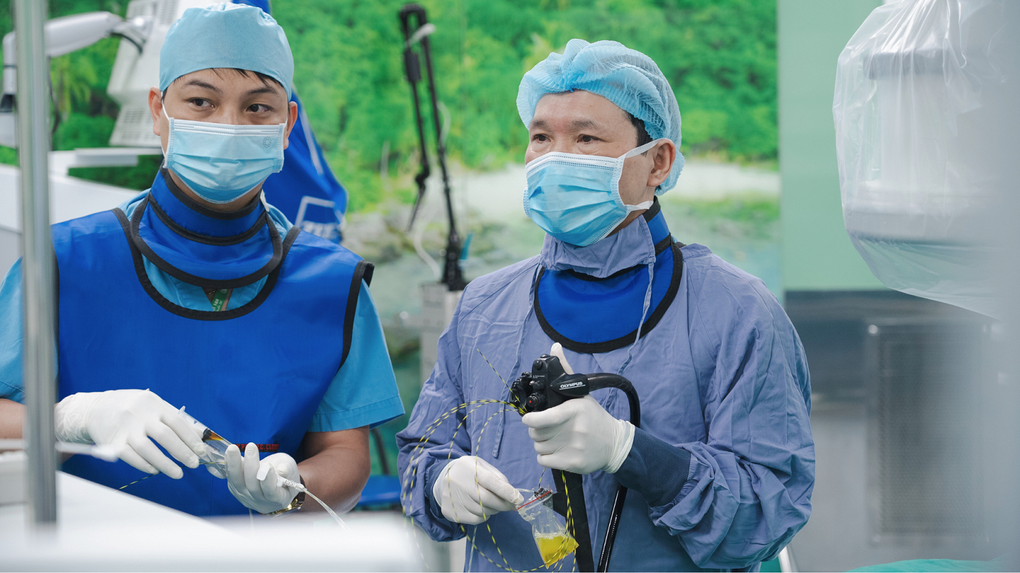
Associate Professor, Dr. Nguyen Canh Binh performs endoscopic retrograde cholangiopancreatography to remove OMC stones for a patient.
According to Associate Professor, Dr. Nguyen Canh Binh, endoscopic retrograde cholangiopancreatography is a superior method of treating OMC stones, minimally invasive, gentle intervention, less painful, patients recover quickly, and leave no scars after intervention. In particular, ERCP is safe and effective for elderly patients, people with complex underlying diseases, or people who are not eligible for major surgery.
“At Hong Ngoc General Hospital, ERCP endoscopic retrograde cholangiopancreatography is routinely implemented, combined with modern machinery systems such as 2560-slice CT, C-arm mobile X-ray system, advanced Japanese endoscopy system... helping to diagnose early, intervene accurately, and effectively treat hundreds of cases of patients with biliary obstruction due to common bile duct stones,” Associate Professor, Dr. Nguyen Canh Binh added.
Currently, Hong Ngoc General Hospital is implementing a promotion program of up to 30% for digestive endoscopy services. In particular, patients from 60 years old will receive a 35% discount on endoscopy fees and 50% off on digestive specialist examination fees with Associate Professor, Dr. Nguyen Canh Binh. Interested customers can contact the hotline: 0911 908 856 for detailed advice.
Source: https://dantri.com.vn/suc-khoe/noi-soi-nguoc-dong-ercp-cuu-song-benh-nhan-co-soi-05cm-tac-ong-mat-chu-20250710100858282.htm







![[Photo] Cat Ba - Green island paradise](/_next/image?url=https%3A%2F%2Fvphoto.vietnam.vn%2Fthumb%2F1200x675%2Fvietnam%2Fresource%2FIMAGE%2F2025%2F12%2F04%2F1764821844074_ndo_br_1-dcbthienduongxanh638-jpg.webp&w=3840&q=75)

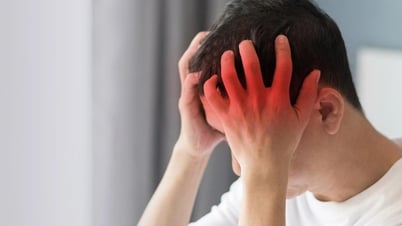
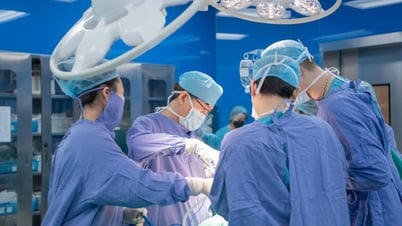
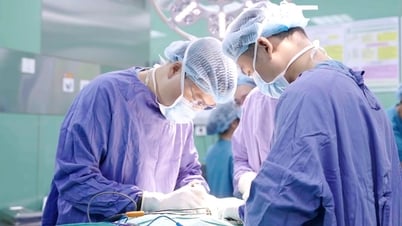




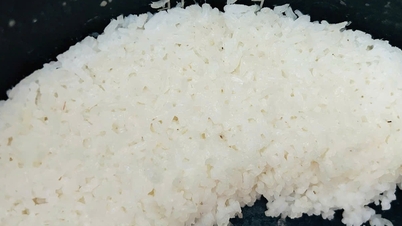



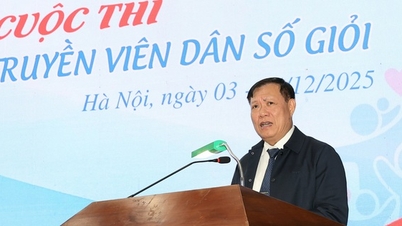
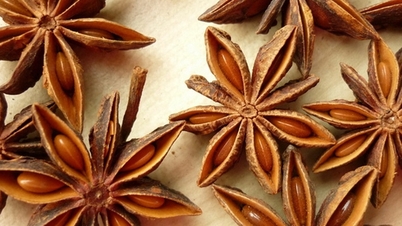






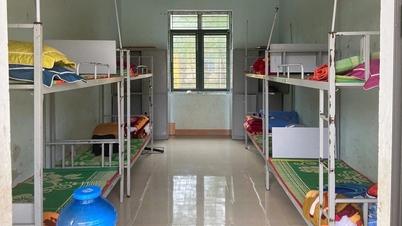


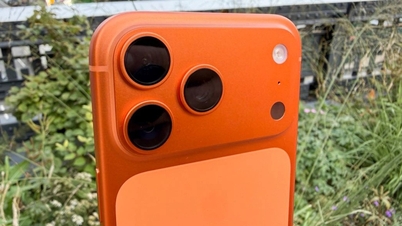



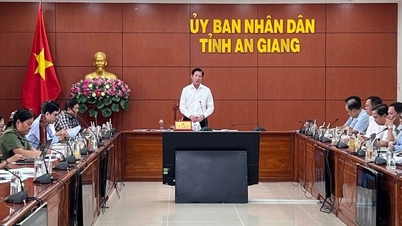

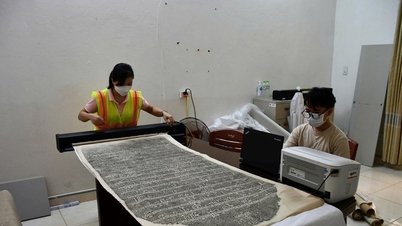





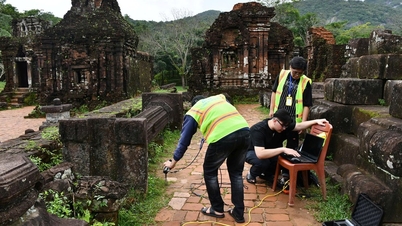






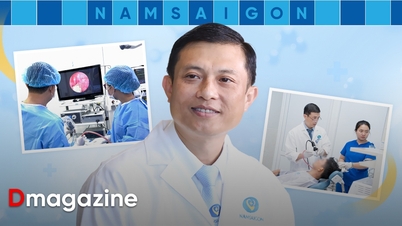
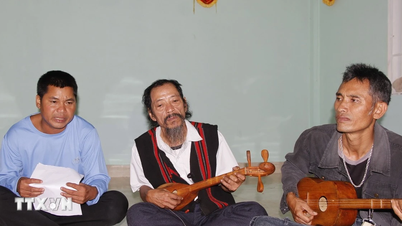








![[VIMC 40 days of lightning speed] Da Nang Port: Unity - Lightning speed - Breakthrough to the finish line](https://vphoto.vietnam.vn/thumb/402x226/vietnam/resource/IMAGE/2025/12/04/1764833540882_cdn_4-12-25.jpeg)
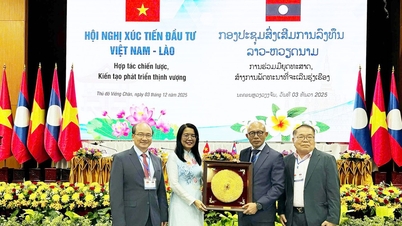













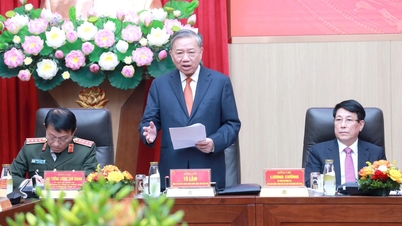

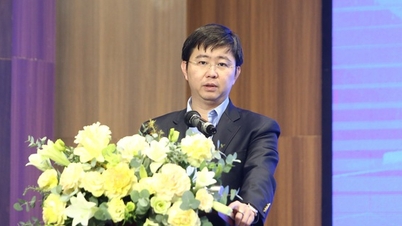

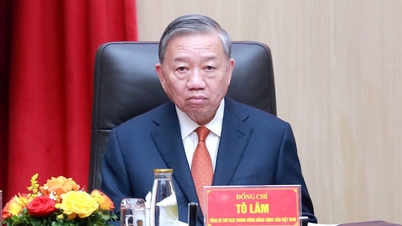


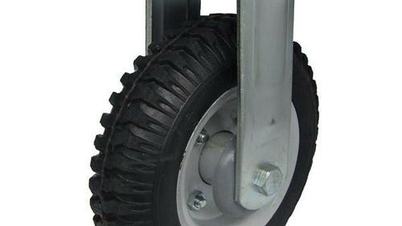




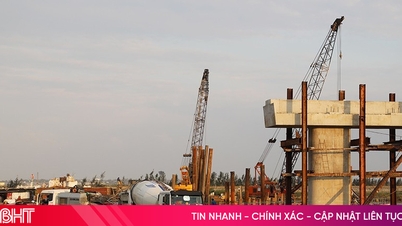




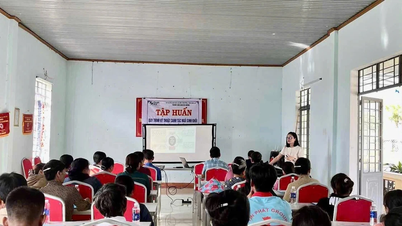
















Comment (0)